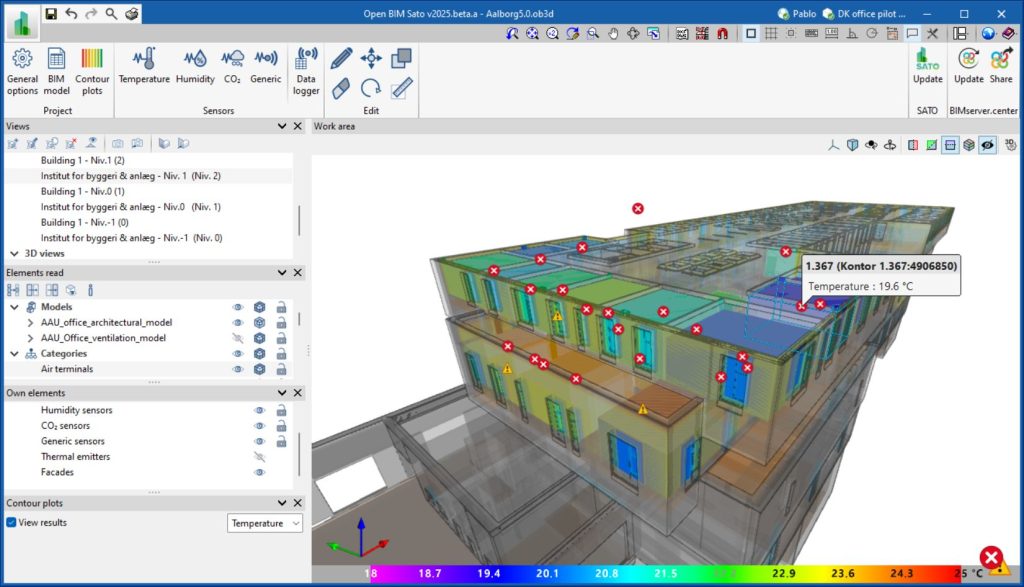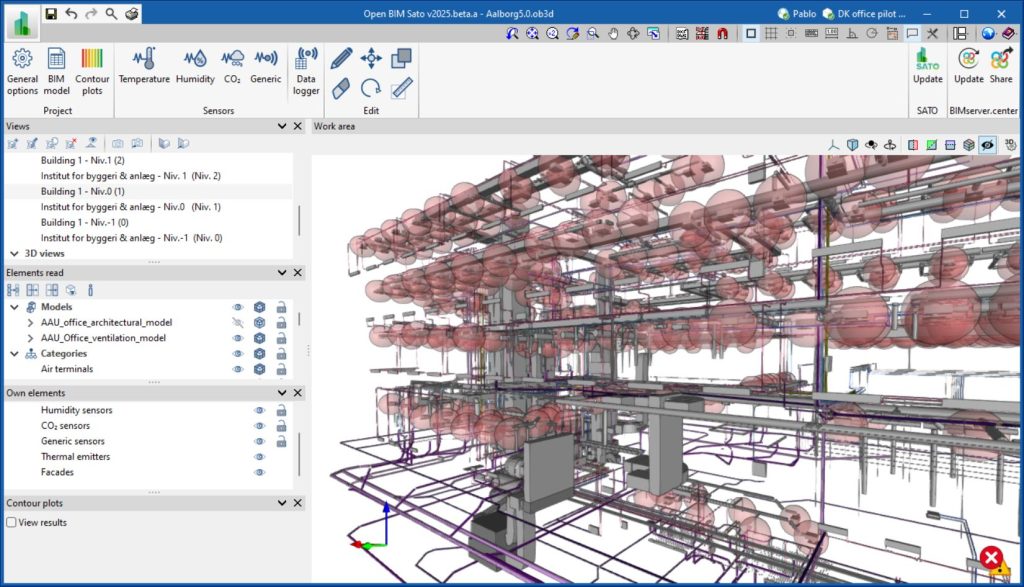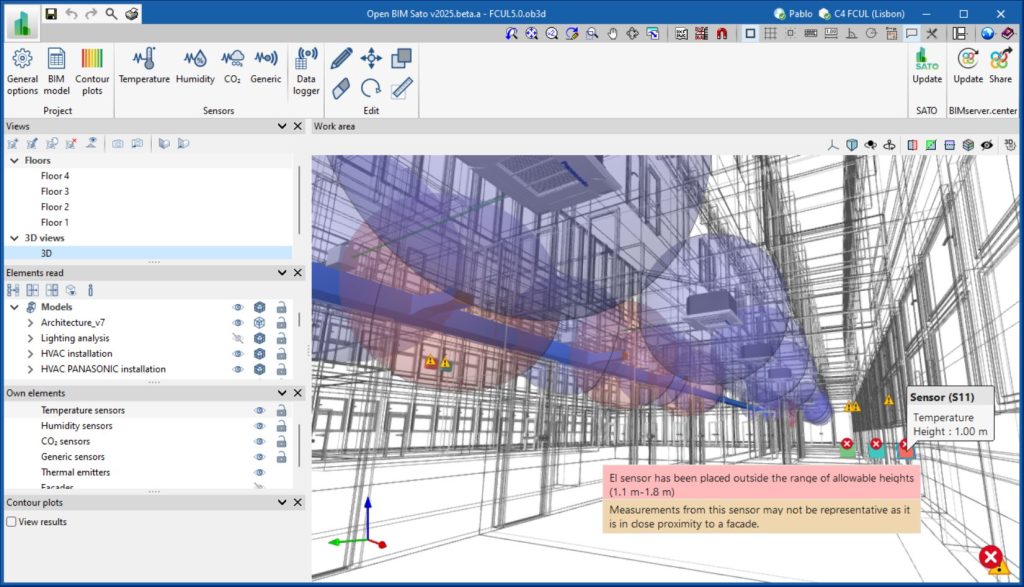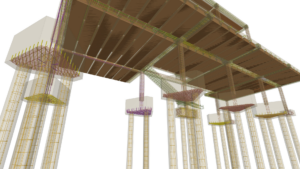The technology company CYPE has taken a new step in its range of solutions by developing a new program that will be used to enter the maintenance phase of buildings. More specifically, the Spanish technology company has launched Open BIM SATO, a program that collects energy data from a building and allows it to be represented in a 3D model using BIM (Building Information Modeling) technology.
This program is the outcome of CYPE's participation in the European research project SATO, which aims to create a self-assessment and optimisation platform for integrating all the energy data of a building. Open BIM SATO facilitates the analysis and maintenance of buildings by providing a 3D graphic representation of their energy performance.



According to Pablo Gilabert, Director of Innovation at CYPE, the company responsible for developing this app, ‘’This visualisation clearly identifies the energy performance and comfort of each part of the building, facilitating the decision-making process aimed at improving its performance‘’.
The SATO project is led by FCiências.ID - Associação para a Investigação e Desenvolvimento de Ciências from Portugal and has a consortium of 15 members from seven European Union countries, will end next September. The research has had a budget of 7,024,568.75 euros, of which 5,873,356.25 are funded by the Horizon 2020 research and innovation program.
Pablo Gilabert, also responsible for the development of the Open BIM SATO program, highlights that the challenge addressed in this project "has not only been to generate digital twins with data from a multitude of sensors and BIM models, but also to process this information to favour a self-assessment to optimise the energy performance of the building".
To make this possible, at the same time, this initiative has developed a platform for collecting and storing data from sensors installed in buildings of different uses, as well as other consumption-related information such as energy bills. In this cloud space, the information is adapted to a common data structure so that the Open BIM SATO program, integrated in BIMserver.center, can represent them in 3D models.
"This solution tries to go beyond the purely flat representation of information linked to sensors in a room or an appliance. We can now process this information and represent it in 3D with a certain colour code to help users identify the weak points of their installation or building", emphasises Pablo Gilabert, who highlights the fact that this visualisation represents the state of the building in real-time, depending on its use.
“The app makes it possible to see the CO2 concentration, temperature or humidity of a room as well as the occupancy or consumption of the building or a specific appliance in a graphic and three-dimensional way, which facilitates the understanding of the data and the identification of improvement actions”, adds CYPE's Director of Innovation.
“We can now process this information and represent it in 3D with a certain colour code to help users identify the weak points of their installation or building”
Pablo Gilabert, Director of Innovation at CYPE
In this way, maintenance managers, for example, will be able to set alerts, map the behaviour of the building with different filters and automate specific actions to improve performance in situations determined by the professionals themselves.
"This application represents a qualitative leap in the way of managing and analysing the energy performance of buildings. Professionals can now make more informed and accurate decisions thanks to a clear and detailed visualisation of the data", says Pablo Gilabert.
At the same time, this program incorporates features for optimising the placement of these sensors in the design phase to obtain rigorous data about the space where they are located. "Placing temperature sensors near façades, air conditioning grilles or at a certain height can affect the accuracy of the data collected", adds Pablo Gilabert.
A 15-member European consortium
This research project is made up of 15 members from seven European Union countries: Austria, Denmark, Italy, Greece, Portugal, Spain, and Switzerland. CYPE is the Spanish representative and is in charge of developing this program for visualising data in a BIM environment.

To create the SATO platform, which stores data in the cloud and performs self-assessment and optimisation of the building's electrical devices, the consortium participants have used smart devices such as building-integrated IoT sensors, BIM technology and artificial intelligence.
A broad user profile
The solutions developed in the SATO project are aimed at a wide range of users. From a professional point of view, building managers, developers and maintenance managers are the profiles that will be able to benefit the most from the advantages of these tools.
However, the project also considers building occupants as potential users, involving them in the improvement of the energy performance of any building. For this reason, a mobile app has been developed so that they can monitor the results and take the necessary measures, such as adapting their daily habits, to improve the energy performance if they feel it is necessary.



